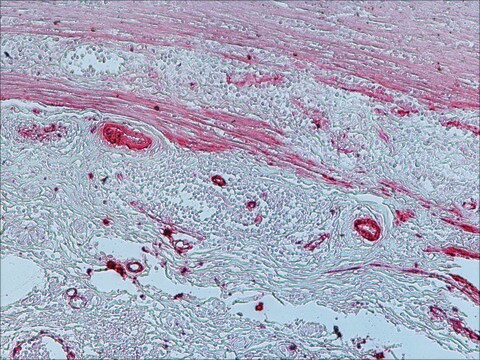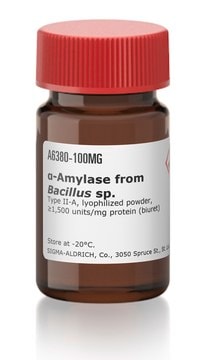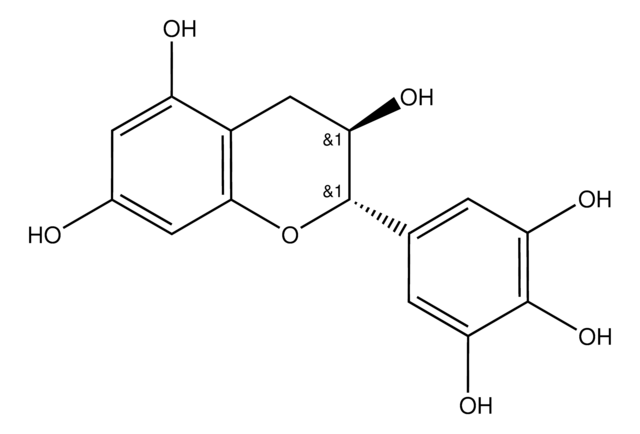A4605
Anti-iASPP antibody, Mouse monoclonal
clone LXO49.3, purified from hybridoma cell culture
Synonym(s):
Anti-Inhibitory Member of the Apoptosis-stimulating Protein of p53 Family, Anti-RAI, Anti-Rel-associated Inhibitor
About This Item
Recommended Products
biological source
mouse
Quality Level
conjugate
unconjugated
antibody form
purified immunoglobulin
antibody product type
primary antibodies
clone
LXO49.3, monoclonal
form
buffered aqueous solution
mol wt
antigen ~100 kDa
species reactivity
mouse, human
concentration
~2 mg/mL
technique(s)
immunocytochemistry: suitable
immunoprecipitation (IP): suitable
microarray: suitable
western blot: 0.1-0.2 μg/mL using total cell extract of human osteogenic sarcoma (U-2-OS)
isotype
IgG1
UniProt accession no.
shipped in
dry ice
storage temp.
−20°C
target post-translational modification
unmodified
Gene Information
human ... PPP1R13L(10848)
mouse ... Ppp1r13l(333654)
General description
Application
- immunoblotting
- immunocytochemistry
- immunoprecipitation
Biochem/physiol Actions
Physical form
Disclaimer
Not finding the right product?
Try our Product Selector Tool.
Storage Class Code
10 - Combustible liquids
WGK
nwg
Flash Point(F)
Not applicable
Flash Point(C)
Not applicable
Choose from one of the most recent versions:
Already Own This Product?
Find documentation for the products that you have recently purchased in the Document Library.
Our team of scientists has experience in all areas of research including Life Science, Material Science, Chemical Synthesis, Chromatography, Analytical and many others.
Contact Technical Service







